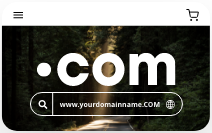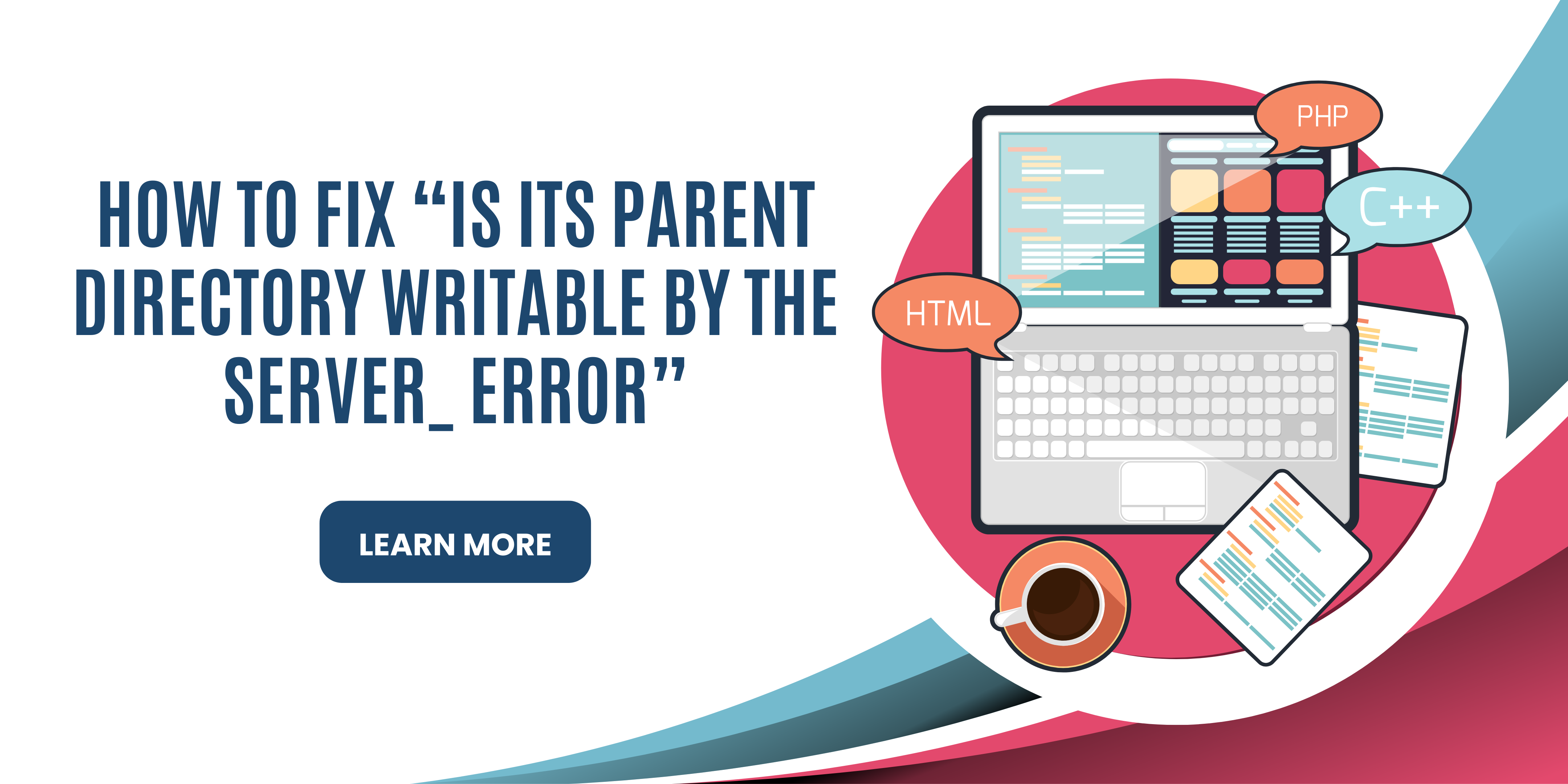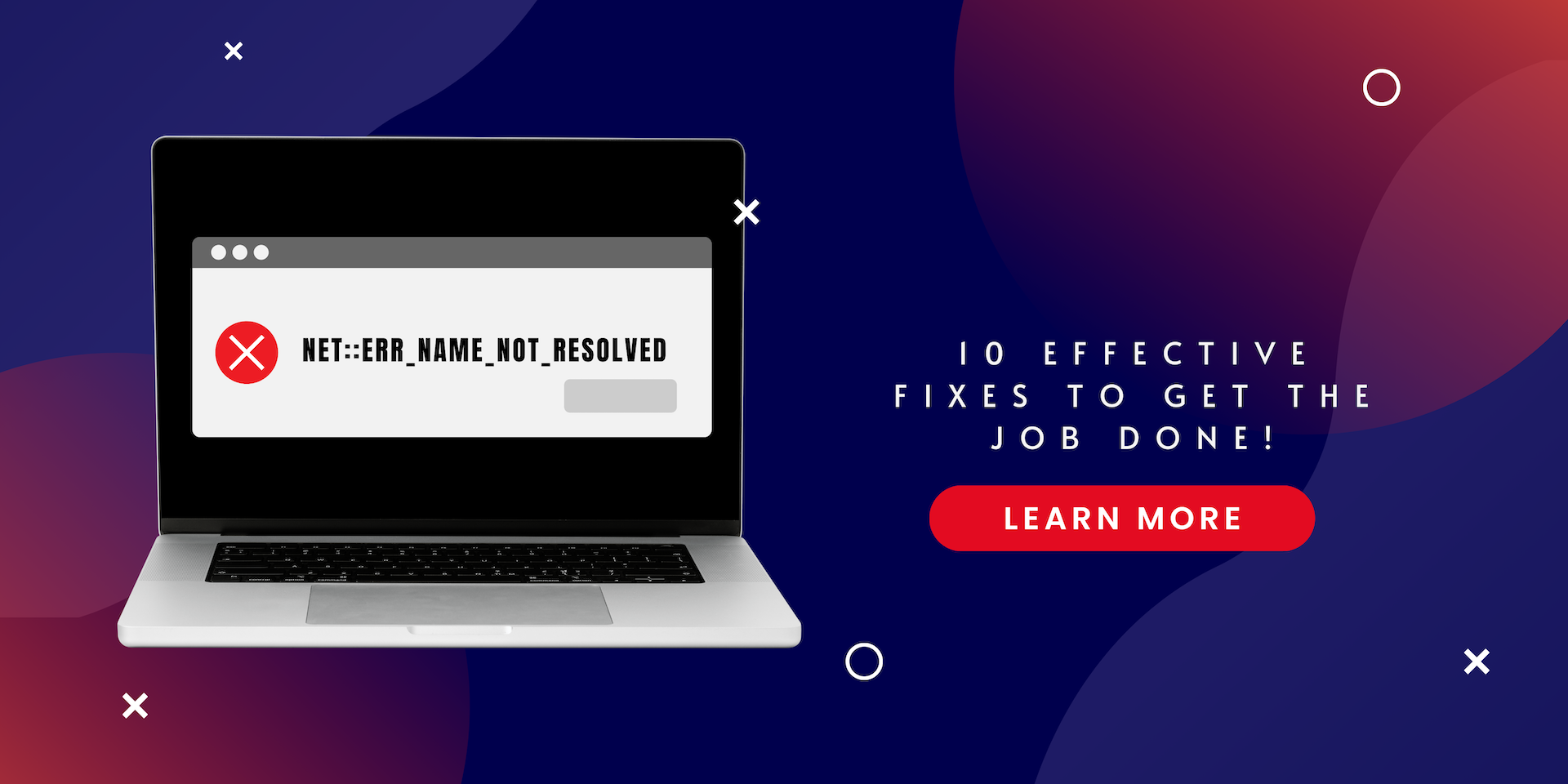
Need great product descriptions for your ecommerce website?
The main purpose of product descriptions is to increase the sales of your store by boosting conversions, improving your store’s searchability, and more.
But how do you write great product descriptions that really sell? Where do you start? What words do you use?
In this article, let’s talk about the principles on how to write product descriptions and answer common questions about it.
Let’s get started.
How to write great product descriptions:
Before we start, remember that the quality of your product will always matter.
Product descriptions might persuade them to buy. But great products will make them stay and leave good reviews about your ecommerce store.
With that, here are things you can do to make better product descriptions:
1. Plan your product descriptions
When writing a product description, it's important to ask yourself some questions in order to plan what you're going to say in the product descriptions.
This include questions like:
● Who is your target audience?
● What are the features and benefits of the product?
● How can you entice the reader into buying the product?
● Why does your typical customer need the product?
● Will you use casual language to address your audience?
The questions above are all about your product and customers. Product questions are based on facts — so they’re typically easy to answer.
Customer-related questions are a bit tricky and will require you to either have experience with customers or make extensive research.
Once you answer these questions, it will be easier for you to write product descriptions as you will have all the information you need.
2. Define your target audience
To continue with planning your product descriptions, the next likely step is to know who your target audience is.
If you simply write product descriptions for everyone else, you will end up writing descriptions that seem too general — which wouldn’t help at all.
Having a defined target audience will help you focus your writing and make sure that you're communicating effectively with your customers.
Fortunately, there are systems and tools that can help you define your target audience. A good example of this is Semrush’s Persona tool:
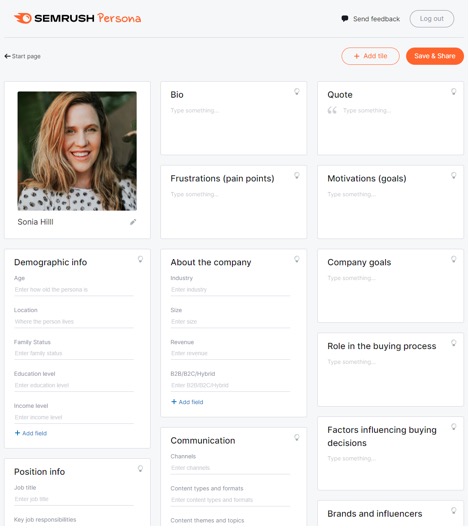
Now, when you get to writing your product description, you need to ask yourself questions related to your target audience like:
● What might be the features or benefits that this buyer needs to hear?
● Why would this customer be interested in this product?
● How did this customer get to this page in the first place?
The best product descriptions that you could write will address your customers directly and make a conversation with them.
In a way, think about how you might talk with your customer if you were selling to them in person.
What would you ask your customers to know about how the product might help them? How will you tell them about the product?
All you have to do now is translate those into product descriptions that imitate your conversation with your customers.
3. Entice more with benefits than features
Why should the customer buy your product? What makes it special? How can your product help your customer?
As the seller or the copywriter, it would be tempting for you to simply list out the features of your products and hope that they connect with the customers.
Unfortunately, features don't always interest the buyers. Rather, it’s what those features bring them — the benefit that they will receive.
For example, check out this product description of the royal therapy memory foam pillow below:
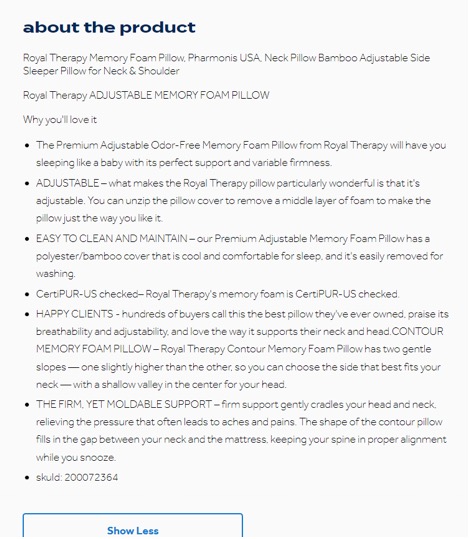
If you summarize the product description above, you will get that the therapy foam pillow is:
● Odor-free
● Adjustable
● Easy to clean and maintain
● Certified
● Firm but comfortable
If you bought an ergonomic pillow before, then you know that regular ones are not comfortable, hard to clean, and not adjustable.
The product description answers these concerns quite easily and shows to the customer how the product is better than the others and how it can help.
Do the same with your product description. Use the benefits to address the pain points and concerns of your customers.
Paint a picture for the reader of what life would be like if they bought the product. Sell the experience to them.
4. Use sensory and power words
Have you experienced reading a restaurant menu and you feel how some items are mouth-watering? Even if you haven’t actually seen or smelled it?
Well, that’s because sensory words bring out a psychological effect in humans. In fact, restaurants do it all the time to entice diners.
Using sensory and power words will evoke an emotional response from your customers and will help persuade them to make a purchase.
For example, check out the product description of this specific Parker ballpen:
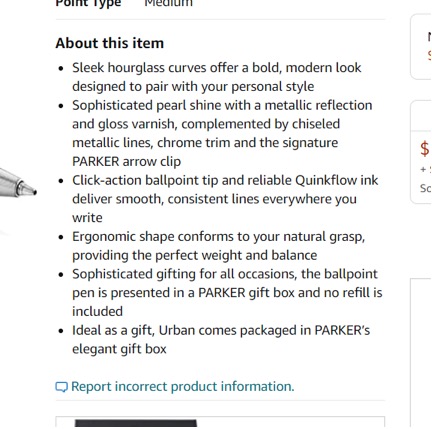
The product description above has so many power words like:
● Bold
● Reliable
● Perfect
● Gift
Add the fact that there are a lot of sensory phrases here that allow you to imagine how it feels to hold and use this pen.
Jon Morrow created an entire list of power words that you can check out. Basically, Jon Morrow divided power words into seven different types:
● Fear: For grabbing and keeping the attention of your customers
● Encouragement: For making your customers feel better
● Lust: For making your customers do something intriguing
● Anger: For connecting with your customer’s anger
● Greed: For fanning your customer’s flames of greed
● Safety: For helping your customers trust your product
● Forbidden: For stirring the curiosity of your customers
What you need to do now is check Jon Morrow’s list and see what words you can sprinkle on your product descriptions.
Using sensory and power words is better than overusing the usual adjectives you use like “nice” and “best”.
5. Persuade with social proof
Have you tried buying something because someone told you how good the product was?
Well, that’s basically the importance of social proof —it’s a powerful tool that you can use to persuade customers to buy your product.
Don’t take our word for it. Here are some statistics about social proof:
● 91% of customers read reviews online before buying a product
● 82% of customers in the US ask for recommendations from friends and family before buying a product
● 83% of consumers recommend to friends the brands they follow on social media
That is why you will see numerous product pages that include a testimonials section like from this website that sells template kits as a subscription:
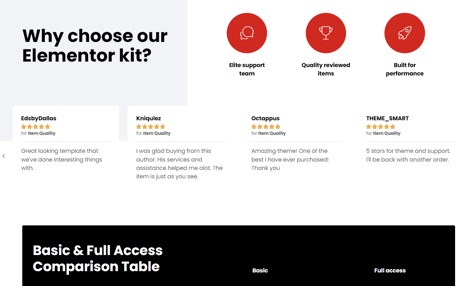
Social proof is especially important in a competitive space. If a customer is confused, the social proof in the product description might tip off the sale to your favor.
Now, sneaking in a social proof in the product description is common in the tech industry — but not so much in other niches.
You can always insert a testimonial from a past customer right inside the product description portion like a quote.
For collecting social proof, you can use the review function in social media platforms or use specialized tools like Sprout Social.
6. Create scannable product descriptions
Does your product description make it easy for customers to read through it?
If not, then you should redo it and make it easy to be scanned. That’s because humans now have a shorter attention span than goldfish according to new research.
In addition, another research revealed that a majority of their test users only read around 16% word-by-word.
Branch Office Furniture did a good job at this. Check out what they did with their product description:
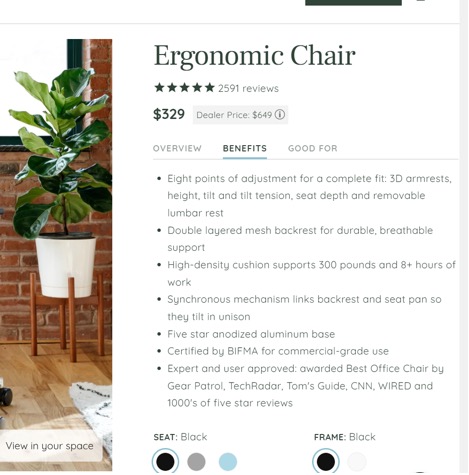
Not only did they format the benefits in bullets, they also divided the whole description into sections.
But how can you make your product description scannable? Well, here are methods you can use:
- Use bulleted lists
- Write enticing headlines and subheadlines
- Keep the paragraphs short
- Add more whitespace between lines
Some ecommerce platforms may force you to write product descriptions in a certain way (like either in bullet points or in paragraph form).
Either way, do whatever you can to make it easy for your customers to read and understand the product you’re selling.
7. Apply search engine optimization
How will customers find your product?
Well, there are usually two ways that people would find your store — organically or through ads.
However, organic traffic (through search engineers) is the easiest and cost-free way to attract customers. To get there, you need to optimize your description.
For example, if you search for an ergonomic desk in Google, you will usually click on any of the results in the first page. That’s already a +1 visitor for that website.
The first step here is keyword research. You can use tools like Semrush, Ahrefs, and similar ones to make this part easier.
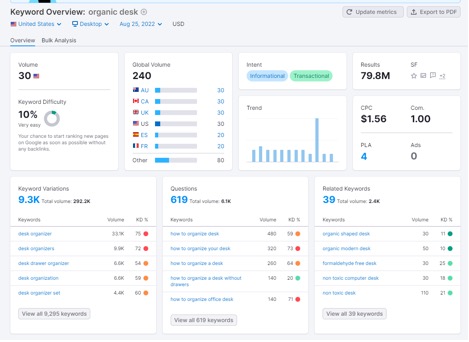
From there, you will be able to understand things like:
● The likely search volume of the keyword
● Keyword variations
● Questions asked related to the keyword
● Other related keywords that might help
Of course, knowing your product and customers will greatly help here. These are only meant to guide you on prioritizing which keywords to go after.
Once you have a good understanding about the primary keyword that you want to focus on, you can then use it or its variation in the:
● Page title
● Meta description
● Product title and description
● Image alt texts
Keep in mind though to never use keyword stuffing. Only use a keyword where it makes sense contextually.
There are also other off-page SEO optimizations you can do like backlink campaigns and guest posting.
8. Use images and videos for visuals
Did you know that people are more likely to feel ownership over a product when they can physically touch it?
According to this research, the perceived ownership of buyers increases with a mere touch or with imagery encouraging touch.
So how does this translate to product description?
This could be done by being able to use images and videos in the product page itself. Most customers would be more inclined to buy when they see product pictures.
It’s even better if the images themselves show the product in use like this one:
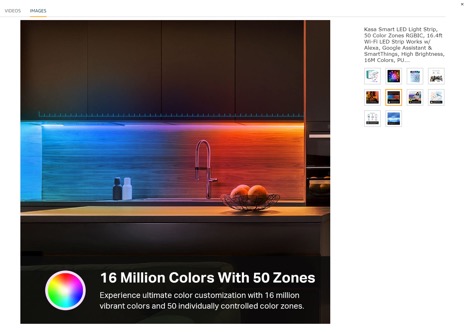
This reinforces the sensory words you are using in the product description. It shows exactly what you mean.
In product pages in your own ecommerce website, you can put texts, an image and/or a video in one section together.
This product page from Native Shoes is a good example:
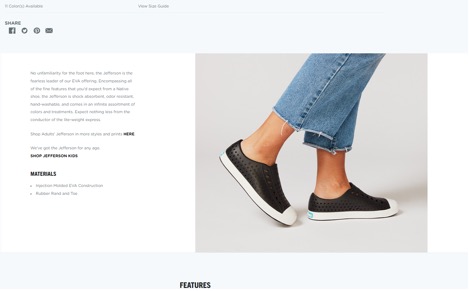
Of course, you can’t just use any image here. You need to present here the best images that you can get.
This might mean you need to get a professional photographer or a video service to give you something great to display.
9. Tell a story about the product
Stories make things more interesting.
Well, short dramatic stories might be good. But if you don’t have something like that, then don’t force it.
Even a simple story of how the product came to be (or its company) is good enough. Check this one from Kopi Luwak Coffee:
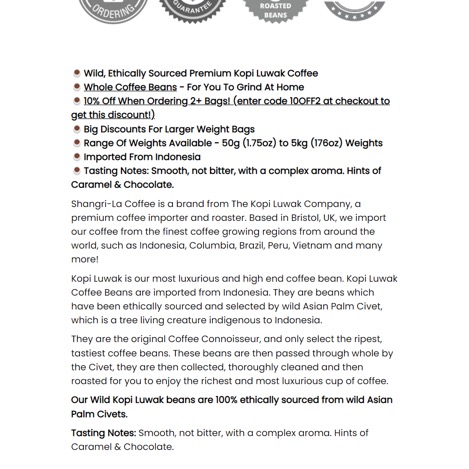
Kopi luwak is an interesting product and was in the news plenty of times due to it being partially made up from civet’s feces.
However, as a customer who doesn’t know the story behind it will get interested after reading the product description.
By telling a story, you connect with the buyer on another level and might actually persuade them to click the buy button.
How to test your product description
Now that you have written the product description and published the product page, how will you know that it’s actually effective?
A good sign here is when you start getting sales. Unfortunately, it might be a little hard to conclude that it’s the product description that’s getting the sales.
There are two ways you can check for the quality of your product description:
- Asking your friends, family, and network about what they think of your product description.
- Doing an A/B test on your product description
Asking people about your product description
Start with your friends, family, and the people in your network about what they think of your product description.
You can also ask them questions like:
- What do you understand about the product description?
- Can you identify the benefits of the product from the description?
If they have trouble answering you, then you may have a problem.
Another relevant idea is to run a survey in a page (like in purchase confirmation or in the cart page) in exchange for something.
You can then give an option to your customers on what persuaded them to buy the product.
Unfortunately, this may not always be accurate since there are a lot of factors you have to look at here.
Perform an A/B test on your product description
A/B testing (or split testing) is the process of comparing two versions of something — in this case, a product description — to see which one performs better.
How does this work? Here is a simple explanation:
- You show version A of your product description to 50% of the visitors in a given time.
- You show version B of your product description to the other 50% of the visitors in a given time.
- The version with the highest conversion rate wins the test.
A/B tests are ideally done in two business cycles and meet the sample size that you have predetermined.
Though more scientific than the previous method, split testing is still imperfect due to various factors.
Others include another version of the element being tested (multivariate testing) so you can get a more accurate result from the test.
If you want to do this, use a service like Google Optimize or Optimizely for this. All you need to do is fill out a form and follow some instructions.
FAQ: Writing product descriptions
Here are some common questions and answers about writing product descriptions:
1. How to write a powerful product description?
The best way to write a powerful product description is to think about what the customer wants and needs.
Then, focus on how your product can meet those needs. You should also consider using emotional language to really connect with the reader, and using persuasive techniques to convince them to buy.
2. How to know if your product descriptions are working?
The best way to know if your product descriptions are working as you hoped is to look at your sales data.
If you're seeing an increase in sales after revising your descriptions, then you know they're doing a good job.
You can also use customer feedback to see if they feel like the descriptions are accurately representing the product.
Another option is to do an A/B test on your product description using tools like Google Optimize or Optimizely.
3. How to describe products and services?
When describing a product or service, it's important to be clear and concise.
You should start by explaining what the product is, what it does, and what benefits it offers. If applicable, you can also list any features or specifications.
Be sure to highlight the unique selling points of your product or service, and make sure the language is inspiring and motivating.
Make the customer imagine what his or her life would be like using your product. Will it get better for good?
4. What are the benefits of writing effective product descriptions?
Well, the primary benefit of writing really good product descriptions is an increase in product sales.
Other than that, you may also enjoy an increased traffic to your site, improvement on your site's search engine ranking, and customers that understand what your product is and what it can do for them.
5. What should I avoid when writing my product descriptions?
There are a lot of things that you should avoid when writing product descriptions. But you can start with the following:
● Avoid being too wordy or sales-y. Like in person interaction, you’re likely to avoid someone who’s too obvious in trying to sell you something.
● Make sure that all of the information is accurate. Writing benefits is a good way to entice customers to buy. But make sure those benefits are real.
● Avoid using copyrighted material without permission. Using images and videos help connect you with customers. But don’t use anything you don’t own.
6. How can I make sure that my product descriptions are SEO friendly?
To make sure that your product descriptions are SEO friendly, be sure to use your main keyword and its variations throughout your text.
Make sure the keyword density is low too (around 1-3%). Don’t forget to title your pages correctly, and include relevant metadata.
Avoid stuffing keywords to the product description. Google might penalize your product page because of it.
7. What are the key elements of an effective product description?
Some key elements of an effective product description include the following:
● Strong headline
● Accurate and informative product details and benefits
● Persuasive call to action
● Sensory and power words
● Images and videos
● A mini story about your product
You can also add here the fact that you need to make your product description scannable through bullet points and shorter paragraphs.
8. How can I make my product descriptions more appealing to buyers?
Some ways to make your product descriptions more appealing to buyers include using evocative language, highlighting benefits, and using customer reviews.
In short, do what you can to connect with your customers. Think of what you will do if you’re actually talking to your customer in person.
Writing product descriptions that sell
Writing great product descriptions that sell is always worth the effort. Don’t ignore it as it might be the one that will pull in the sales.
In summary, here’s how to write great product descriptions:
- Plan your product description by asking customer and product questions
- Define your target audience to help focus your writing
- Entice customers with benefits rather than with plain features
- Use sensory and power words to evoke an emotional response
- Persuade your customers with social proof
- Make your product descriptions scannable through bullet points and shorter paragraphs
- Optimize your product description for search engines
- Use images and videos to aid your sensory approach
- Tell a story about your product to connect with your customers
By the way, do you already have a functional ecommerce store?
If not, you can take advantage of z.com’s affordable web hosting plans that are perfect for new ecommerce players.
